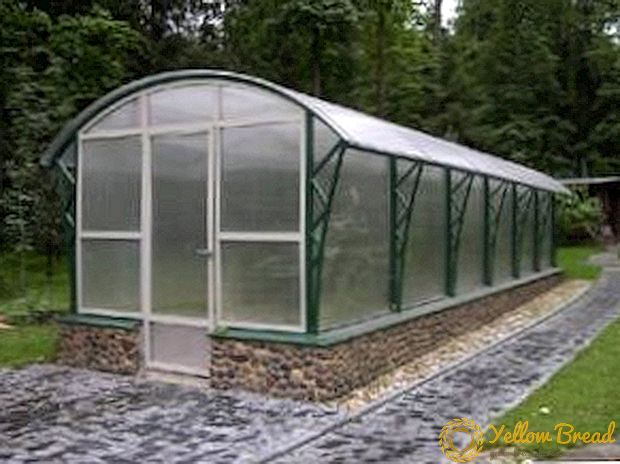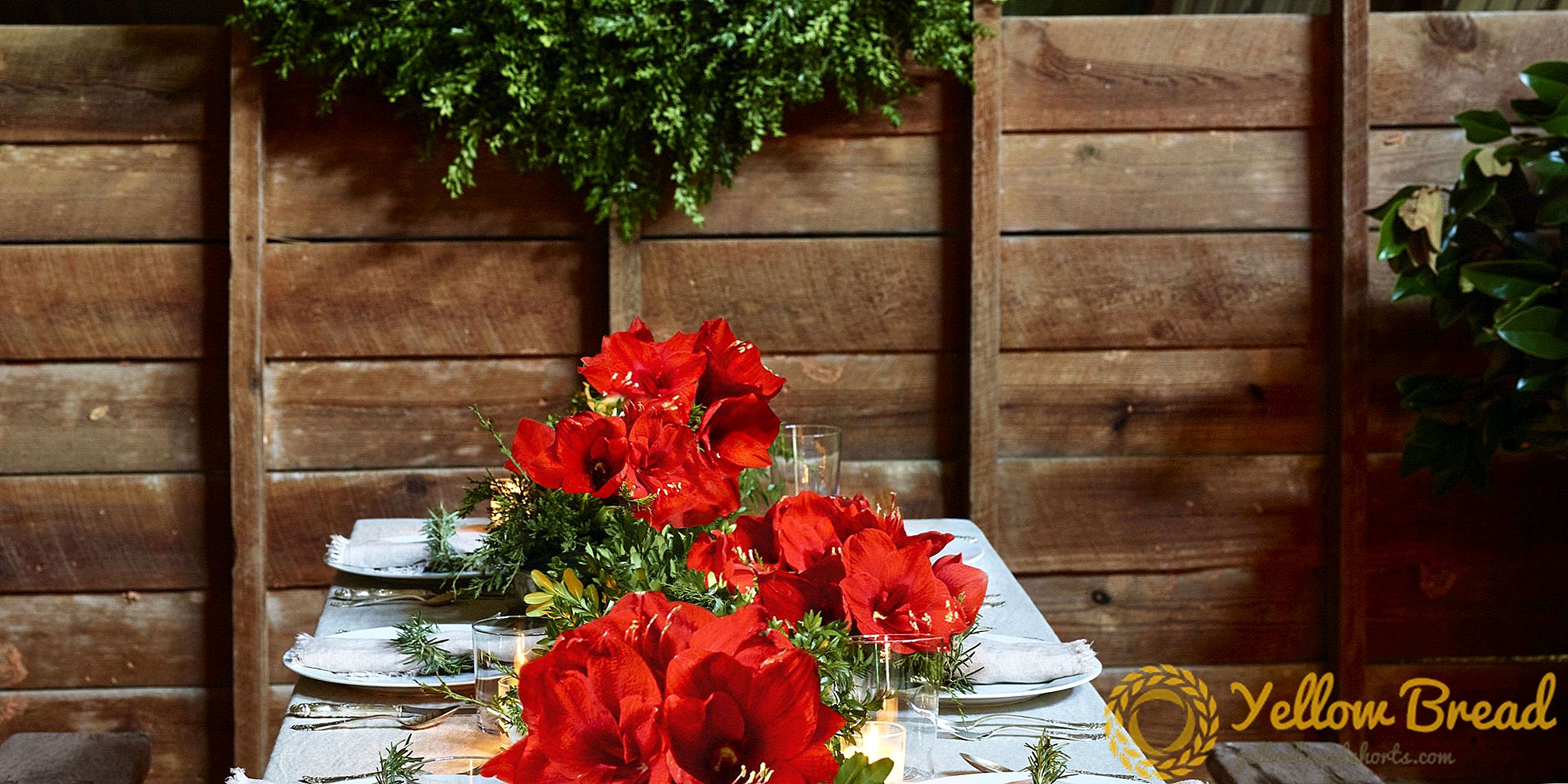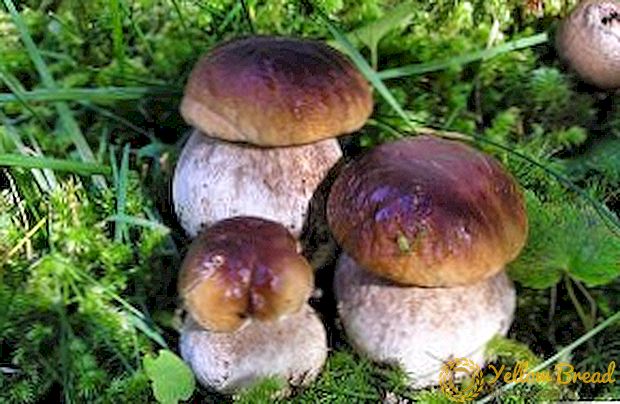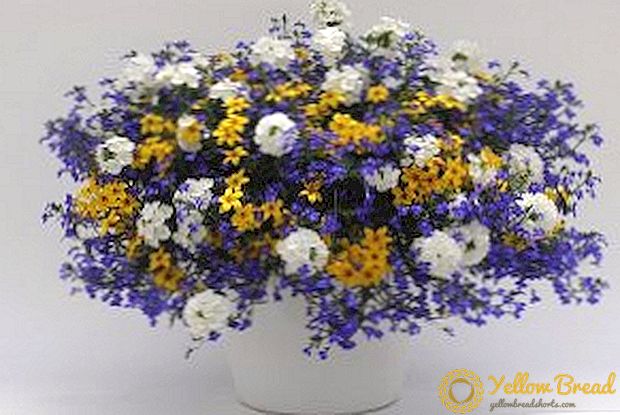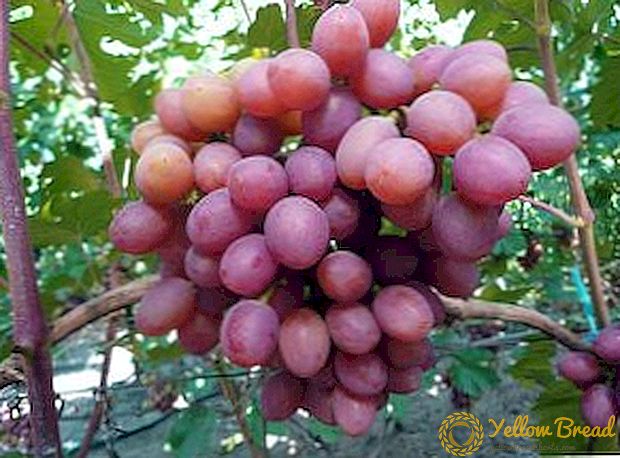 "Early Gourmet" is an excellent representative of table grapes, distinguished by delicate taste and remarkable external characteristics.
"Early Gourmet" is an excellent representative of table grapes, distinguished by delicate taste and remarkable external characteristics.
The unpretentious grade easily gets accustomed as in southern, and northern regions.
- Story
- Description and distinctive characteristics of the variety
- Features of growing
- Lighting
- Soil requirements
- Planting varieties "early gourmet"
- Selection of seedlings
- Timing
- Landing pattern
- Grade Care
- Watering
- Fertilizer
- Pruning
- How to protect grapes from diseases and pests
- Do I need shelter for the winter?
- The advantages and disadvantages of the variety
Story
The "early gourmet" was brought out relatively recently - a little more than 10 years ago by one of the first national breeders Viktor Nikolayevich Krasnov. An outstanding amateur breeder made an invaluable contribution to the promotion of viticulture. 
Initially, this hybrid form was given the name "Novocherkassk Red", and later it was assigned the code 1-12. It is known that the name "gourmet" was given by Viktor Nikolayevich to five varieties of grapes, bred by crossing the varieties of "kishmish radiant" and "talisman" - "Early", "Graceful", "Raduzhny", "Gourmet" and "Flashlight".Hybrids differ in color and ripening of berries, and they are similar to the original nutmeg flavor.
In 2006, the "gourmet" was recognized as promising for cultivation in the southern regions of Russia, Ukraine and Moldova.
Description and distinctive characteristics of the variety
Grapes "early gourmet" description of the variety (see photo), according to reviews of gardeners:
- early ripening (growing season 4-4.5 months);
- frost resistance to -23 ° C;
- nutmeg taste of berries;
- cylindrical or conical shape of a bunch;
- bunch weight can be from 600 to 1600 g;
- oblong berries;
- the color of the berries is pale pink;
- the weight of one berry is from 7 to 11 g.

Maturation term "gourmet" only 120 days. Starting to bloom in early June, grapes can ripen in the southern regions in the first half of August. In the northern regions, greenhouse cultivation or wrapping of the crop for the winter is recommended.
The variety does not have the ability to ripen without a bush, therefore it is only necessary to harvest the crop when it is fully ripe. However, the grapes can be stored, under proper conditions, until the end of spring. In addition, the hybrid is considered one of the most resistant species to various diseases.
Features of growing
Knowing certain features of the cultivation of the early "gourmet", you can achieve excellent crop yields. When placing shoots in the garden plot, you should remember about the characteristics of planting grapes, such as lighting and soil.
Lighting
Grape is a light-loving plant. The lack of light leads to disruption of the normal functioning of the leaves,planting fruit buds, lower yields and disease resistance.
It is not recommended to plant a crop between fruit trees. Ideal for vineyards to take away a well-lit area throughout the day.
Better conditions for lighting the bush are achieved:
- with optimal planting density;
- placement of shoots on the trellis;
- shaping the bushes;
- timely garter, pruning and pasynkovane branches.

Soil requirements
The main criterion for planting is fertile soil on small elevations. In case of heavy precipitation, the plant should be protected from rotting.
Before planting seedlings in the ground it is necessary to ensure its integrated feeding. In the future, the plant can be fed with root and foliar fertilizers. All types of fertilizer are usually applied after sunset, as direct sunlight can leave fertilizer burns on the surface of the crop.
It must be remembered that the soil should be well heated.In the event of a sudden cold weather after the landing of the “gourmet” in the ground, the cuttings should be covered to avoid freezing.
Planting varieties "early gourmet"
Many grape varieties, including the "gourmet", are propagated by cutting. Culture takes root well in the case of compliance with some features of the landing.
Selection of seedlings
Cuttings are planted during spring pruning. For this average thickness of the shoots cut into a length of 35 cm with five buds on each. The ends of the seedlings are dipped in molten paraffin, wrapped around the cuttings with a damp cloth, placed in a dark cool place.
About a month later, planting material is taken out, cut off the end and make several holes with an awl at the bottom of the branch. Of these, the root system will continue to develop. After that, the seedlings are placed for three days in a solution of honey (2 tablespoons of honey per 2 liters of water).
Timing
Planted cuttings in pots with garden soil and leave in a well-lit room at a temperature of 18 ° C.After about four weeks of systematic watering (once every three days), the buds will swell and leaves will appear.
In open ground, germinated seedlings are planted in May, in the ground warmed to 12-15 ° C.
Landing pattern
Planted cuttings need to a depth of 50 cm at a distance of not less than 3 m from each other. Next to the seedlings establish a support, and the ground covering sprouts, sprinkled with mulch.
Next, the ground should be covered with foil. This will help the soil to warm up faster, and the mulch, in turn, undergoing decomposition, will produce additional heat.
Grade Care
Hybrid "gourmet" is quite unpretentious in the care in providing him with proper watering, fertilizing and pruning.
Watering
The first two months after planting watering the grapes is required. It is necessary to loosen the soil for better absorption of moisture by the roots and prevent their rotting.
Dry summer implies mulching of grapes to retain moisture and maintain optimal microclimate.
After mid-summer, systematic watering should be stopped to allow the fruit to fill with sugars.
Fertilizer
Fertilization is mandatory for the crop after planting. Before the start of flowering, a hybrid must be provided with phosphate and potash supplements. After the end of flowering, the grapes should be fertilized with manganese, zinc and iron. So the plant will be provided with a strong immunity and will be less susceptible to diseases. 
In the fall, the hybrid also needs fertilizer, for this organic supplements such as cow dung or chicken manure are suitable. In the cold period, it will help the soil to fill with nutrients.
Pruning
Cropping culture is carried out in early spring, before the beginning of the sap flow period. 
It is necessary to save the plant from all those killed during the winter of the shoots, cutting the vine to five buds. On the bush should be no more than 35 eyes.
How to protect grapes from diseases and pests
The early grape variety is quite resistant to mildew and gray rot. However, young and weakened bushes are often exposed to diseases such as powdery mildew and oidium. At the same time on the berries and leaves formed a gray patina. Spring prevention with sulfur-containing and copper-containing drugs, as well as fungicides, will help to cope with such diseases.
With careless pruning and damage to the vines, grapes can produce anthracnose, affecting the berries, leaves, and crop sprouts. In this case, the branches and fruits dry up, and the leaves are covered with brown spots. Infected areas should be cut and burned, and the hybrid treated with protective mixtures containing copper sulphate or nitrophene.
Since the "gourmet" is prone to attacks of grape and spider mites, it is necessary to protect the culture with insecticides and acaricides.
It is necessary to systematically carry out preventive spraying with fungicides and biologics. Applying a biological tool we must not forget that after the precipitation it is washed out and additional processing is required.
Sweet berries of the early variety attract birds and harmful insects.To prevent the attack of birds, you can use a tensioned grid. Get rid of unwanted insects will help in a timely manner placed traps.
Do I need shelter for the winter?
The frost resistance of this grape variety is relatively small - down to -23 ° C. In this regard, in winter, the "gourmet" is better to cover.
For this it is necessary to do preventive treatment, cutting and autumn feeding. Then you need to hold a semi-shelter and hilling or complete shelter of the bush, depending on the climatic conditions of the region.
In some rather cold northern areas, "gourmet" is cultivated only in greenhouses. 
The advantages and disadvantages of the variety
The grapes "early gourmet" is distinguished by a large number of positive reviews from gardeners.
Among the advantages of lovers of juicy berries say:
- early maturation of culture;
- stable and rich harvest;
- good disease resistance;
- delicate unusual taste of berries;
- quite promising for both individual and mass cultivation.
Light, tasty, early ripe, not giving too much trouble the "gourmet" early grapes are favored by gardeners for their incomparable qualities. With proper care, the plant will fully repay grape lovers with its generous harvest.

